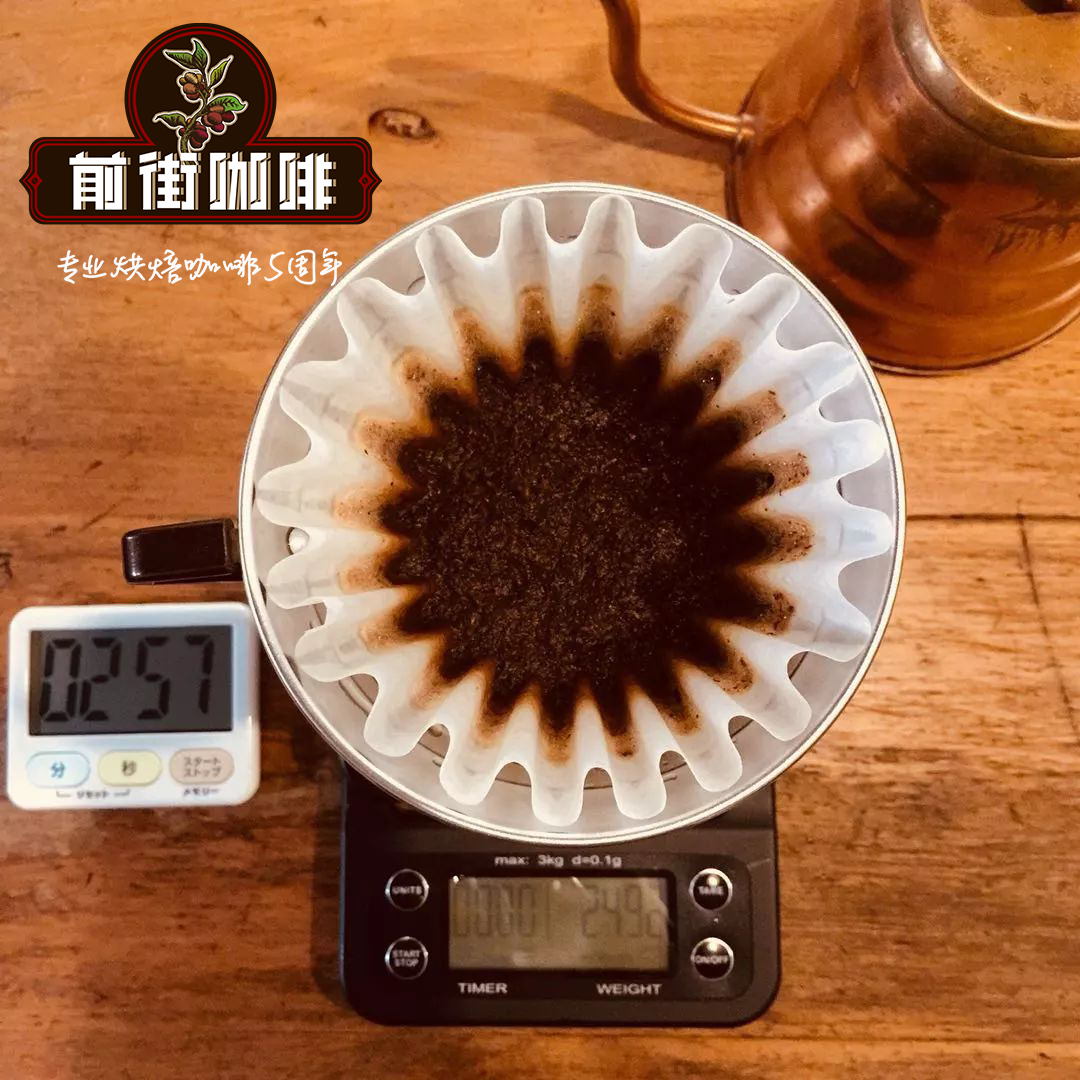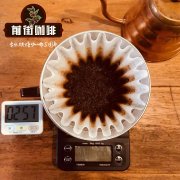A brief introduction to the main factors of the growth environment of coffee beans whether coffee beans contain sugar and why they taste sweet

Professional coffee knowledge exchange more coffee bean information please follow the coffee workshop (Wechat official account cafe_style)
Qianjie-A brief introduction to the growing environment and composition of coffee
Coffee bean growing environment
Climate is the decisive factor for coffee cultivation. Coffee trees are only suitable for growing in the tropics or subtropics, so the zone between latitude 25 degrees south and north is the most suitable for growing coffee. This coffee production zone is generally referred to as "coffee belt" or "coffee area".
However, not all the land located in this area can produce good coffee trees. The ideal planting conditions of coffee trees are as follows: the temperature is between 15 ℃ and 25 ℃, and the annual rainfall must reach 1500 mm to 2000 mm. At the same time, the rainfall time should be in line with the flowering cycle of coffee trees. That's for sure. In addition to the coordination of seasons and rainfall, there should be fertile soil. The most suitable soil for growing coffee is fertile soil with good drainage and volcanic ash. In addition, although sunlight is an indispensable element for the growth and fruit of coffee, too strong sunlight will inhibit the growth of coffee trees.
Therefore, various producing areas will usually cooperate with the planting of some sunshade trees, generally planting higher trunk plants such as bananas, mangoes and legumes. The ideal altitude is 500m ~ 2000 m, so the quality of Jamaican Blue Mountain coffee growing in 800m ~ 1200 m is the best. It can be seen that the conditions for the cultivation of high-quality coffee are very strict: sunlight, rainfall, soil, air temperature, as well as the way coffee beans are harvested and the production process will affect the quality of coffee itself.
Coffee beans contain sugar
Polysaccharides
The most abundant ingredient in raw beans is polysaccharides, accounting for 35%, 45%. Although it is called sugar, it is not sweet at all. Polysaccharides here refer to the fibers that make up the bones of plants. The polysaccharides content of Arabica species is very different from that of Canefa species.
Protein
The content of protein is 12%. Proteins and polysaccharides are important components of plant bones. In this regard, the polysaccharides content of Arabica species is very different from that of Canefa species.
Fat
Raw coffee beans contain fat, and the fat in coffee beans is composed of linoleic acid, palmitic acid and so on. In terms of oil content, Arabica fat has a higher oil content, accounting for 20%, while Canefa accounts for 1% at most.
Sugars (sucrose)
The content of sucrose (in this case, granulated sugar) is 10% for Arabica species and 3% for Canefa species. 7%.
Knowledge expansion: caffeine accounts for 0.9% Mel 1.4% in Arabica: Carneflari usually accounts for 2%, more than 3% in more cases
In short: Qianjie is a coffee research hall, happy to share the knowledge about coffee with you, we share unreservedly just to make more friends fall in love with coffee, and there will be three low-discount coffee activities every month. The reason is that Qianjie wants to make more friends drink the best coffee at the lowest price, which has been Qianjie's tenet for 6 years!
END
Important Notice :
前街咖啡 FrontStreet Coffee has moved to new addredd:
FrontStreet Coffee Address: 315,Donghua East Road,GuangZhou
Tel:020 38364473
- Prev

Three kinds of coffee beans introduce what the main ingredients of coffee beans are and what are their functions
Professional coffee knowledge exchange more coffee bean information please pay attention to the coffee workshop (Wechat official account cafe_style) front street-the three major types of coffee, ingredients brief introduction our daily coffee is mainly Arabica or Robusta, Liberiocaine production is low, there are few on the market. Instant coffee is mainly Robusta, while high-quality coffee is Arabica, the coffee we drink every day.
- Next

What are the derivatives of coffee beans? what are the main ingredients of coffee beans? what are their functions?
Professional coffee knowledge exchange more coffee bean information please follow the coffee workshop (Wechat official account cafe_style) front street-coffee bean species, ingredients brief introduction of coffee bean varieties which Arabica species (Arabica) Arabica species of origin in the Ethiopian plateau, originally used as medicine, in the 13th century formed the habit of baking, until the 16th century introduced through Arabia
Related
- Beginners will see the "Coffee pull flower" guide!
- What is the difference between ice blog purified milk and ordinary milk coffee?
- Why is the Philippines the largest producer of crops in Liberia?
- For coffee extraction, should the fine powder be retained?
- How does extracted espresso fill pressed powder? How much strength does it take to press the powder?
- How to make jasmine cold extract coffee? Is the jasmine + latte good?
- Will this little toy really make the coffee taste better? How does Lily Drip affect coffee extraction?
- Will the action of slapping the filter cup also affect coffee extraction?
- What's the difference between powder-to-water ratio and powder-to-liquid ratio?
- What is the Ethiopian local species? What does it have to do with Heirloom native species?

